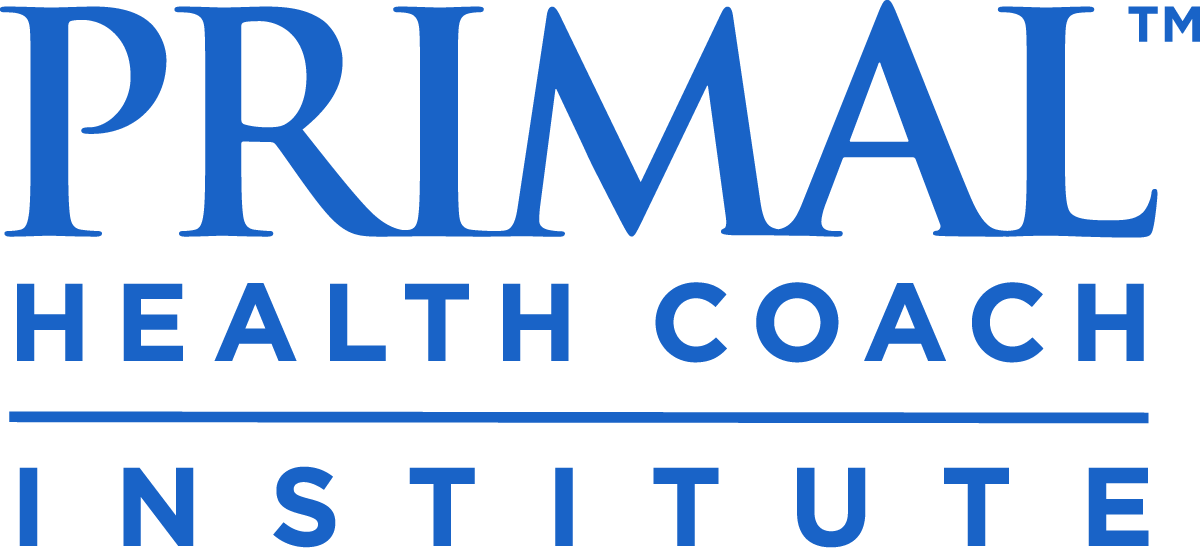
The human race is facing it’s biggest health crisis in history; chronic metabolic disease.
According to the World Health Organization’s Global Report on Diabetes (PDF), in 2014 an estimated 422 million adults lived with diabetes globally.
With so much conflicting information regarding healthy eating and nutrition, the general population is left confused as to how to lead the healthiest lives possible.
Clever marketing, attention-grabbing advertisements, drive-thru restaurants, and sugar-laden “health” foods all contribute to the chronic metabolic disease epidemic.
The sad truth is that our modern world has been designed to trigger our ancestral instincts for sugary caloric foods and beverages.
However, it’s not all doom and gloom! As health coaches we understand the struggles our clients’ face regarding healthy living; many of us have been there ourselves.
We understand that if our clients can combat their cravings for comfort foods, they’ve accomplished half the battle.
We as health coaches understand that sustainable lifestyle change cannot be achieved through willpower alone.
In order to coach our clients through their food cravings, we need to understand the physiology and psychology behind them.
What Are Food Cravings?
Food cravings can be characterized as an intense desire to consume a specific food.
They are not necessarily linked to hunger, and there is no single explanation for them.
Food cravings can be triggered through several different processes, including:
- Emotional and psychological mechanisms
- A diet high in sugar
- Nutrient deficiencies
- Chronic stress and elevated cortisol
In this post we’re going to provide useful tips to help you coach your clients through what is potentially the toughest aspect of overcoming poor health, and that is combating food cravings.
1. Clear Out Your Pantry
One of the most useful coaching tips you can provide your clients is to remove all non-primally approved foods from their home.
Your clients can replace sugary temptations with primally-approved foods.
Raw macadamias and biltong make for tasty, satisying snacks. Another handy tip is to fry up a few rashes of bacon in the morning, and nibble on them throughout the day as needed.
If you’re clients are struggling with a sweet tooth, direct them towards seasonal low-carb fruits or a couple of squares of >80% dark chocolate.
Performing a clean sweep of your kitchen pantry, fridge and freezer will remove any unwanted temptations, so when a food craving hits, your client will not have their vice within arms reach.
2. Create New Healthy Habits
Coaching your clients towards the creation of healthy new habits is instrumental to combating food cravings.
Habit is the most powerful predictor of eating behavior.
However, habit formation takes time; anywhere from 18-254 days!
Without habit formation, your clients are purely relying on willpower when their food cravings hit, which is likely to lead to failure.
Two key factors have been proven to increase the likelihood of a new behavior becoming a newly-formed habit and they are:
1. Repetition
In order to give your new habit the best chance of sticking, repeating your behavior at the same time everyday will help.
For example, if your client struggles with meal preparation throughout the week, you can suggest that they perform their meal preparation on Sunday. If they continue to use their Sundays to prepare for the week ahead, this will eventually develop into a new healthy habit.
2. Piggybacking
Piggybacking a new behavior onto an already established healthy behavior is another proven strategy to help in the formation of a new habit.
For example, many people associate eating something sweet after a meal. Instead you could have a cup of tea or a couple of squares of dark chocolate. If this behavior is repeated day in, day out, it will develop into a new habit.
3. Remove Guilt
Coach your clients to remove any guilt associated with consuming an indulgent sugar-laden treat.
Guilt is associated with the punish/reward system. If your client feels guilty about their indulgence, this can lead to feelings of self-loathing, more intense food cravings and binge eating.
By removing guilt, your client will avoid this unhealthy cycle.
Instead, coach your client to own their decision and their action. This will help them to see their indulgence as an individual event, rather than a reason to completely fall off the wagon with their healthy eating.
4. Think Happy Thoughts
Oxytocin (the love hormone) has been shown to enhance cognitive control over food cravings in women.
In other words, a happy mindset can reduce the power food cravings have over certain individuals.
A great coaching tip here would be to educate your clients on the importance of filling their lives with their favorite activities.
Whether it’s hiking with friends, watching their favourite movie or spending quality time with their family.
Happy thoughts possess the ability to control food cravings.
5. Practice Mindful Eating
Mindful eating is a term used to describe being truly present in the moment while consuming food.
Your clients may be eating their breakfast in the car on their commute to work, smashing down their lunch while checking emails or scanning Facebook, or mindlessly downing dinner in front of the T.V.
Being mindful when eating means that you’re giving your full attention to your meal, and this can help reduce cravings and overeating.
Coaching your clients to eat at the dinner table, away from any screens or distractions (such as driving) will help their mind absorb all aspects of the eating process, including the smell of the food or the sound of the cutlery striking the plate, and this can help reduce the onset of food cravings.
6. Get Enough sleep
Sleep is essential to restoring hormonal homeostasis, muscle repair and rebooting our immune system.
Sleep is also essential for keeping food cravings at bay.
In fact, sleep deprivation has been shown to negatively impact carbohydrate metabolism and hormonal function in adults and adolescents. This can lead to an increased desire to consume high-carb foods and binge eating.
A great coaching tip here is to stress the importance of getting enough sleep each night. Help your clients understand that adequate sleep will help alleviate food cravings and overeating.
7. Avoid Artificial Flavors
For millions of years humans have used the flavor in foods to identify their nutritional value.
However, the development of artificial flavoring has enabled the creation of foods that tantalize our tastebuds but lack substantial nutritional value.
Mark Schatzker, author of the Dorito Effect has researched extensively how artificial flavoring tricks our brain into believing that we’re consuming a nutritionally-dense food when in fact we are not.
The sad truth is that junk foods containing artificial flavors can trigger a very strong food craving in many people. These foods are usually high in carbs and low in nutrients which can lead to overeating and obesity.
Help your clients understand that artificial flavors are designed to be desirable and it’s not their fault if they find them addictive, as they have been design to be craved. Understanding this simple fact may help your clients grasp the importance of avoiding junk and processed foods.
To summarize, in this post we’ve listed a few helpful coaching tips that you can to help your clients combat their food cravings, including:
- Clear out your pantry
- Create new healthy habits
- Remove guilt
- Think happy thoughts
- Practice mindful eating
- Get enough sleep
- Avoid artificial flavors
Overcoming food cravings can be the biggest challenge for many of your health coaching clients.
Help your clients kick their food cravings to the curb with these effective coaching tips!



